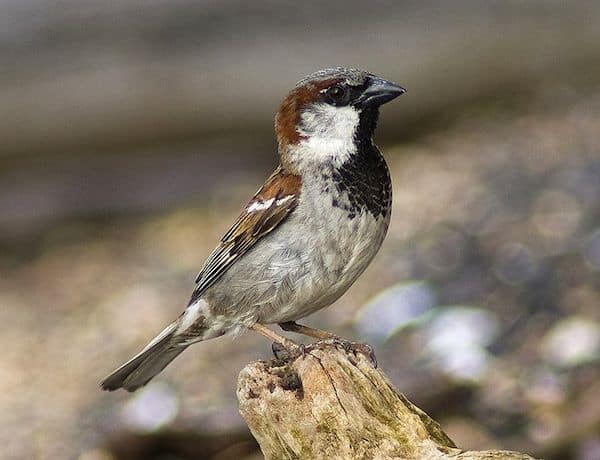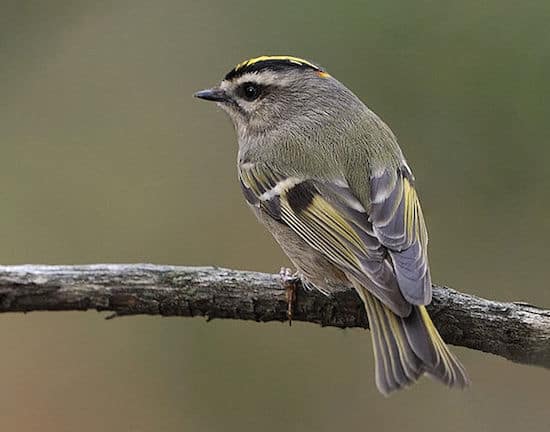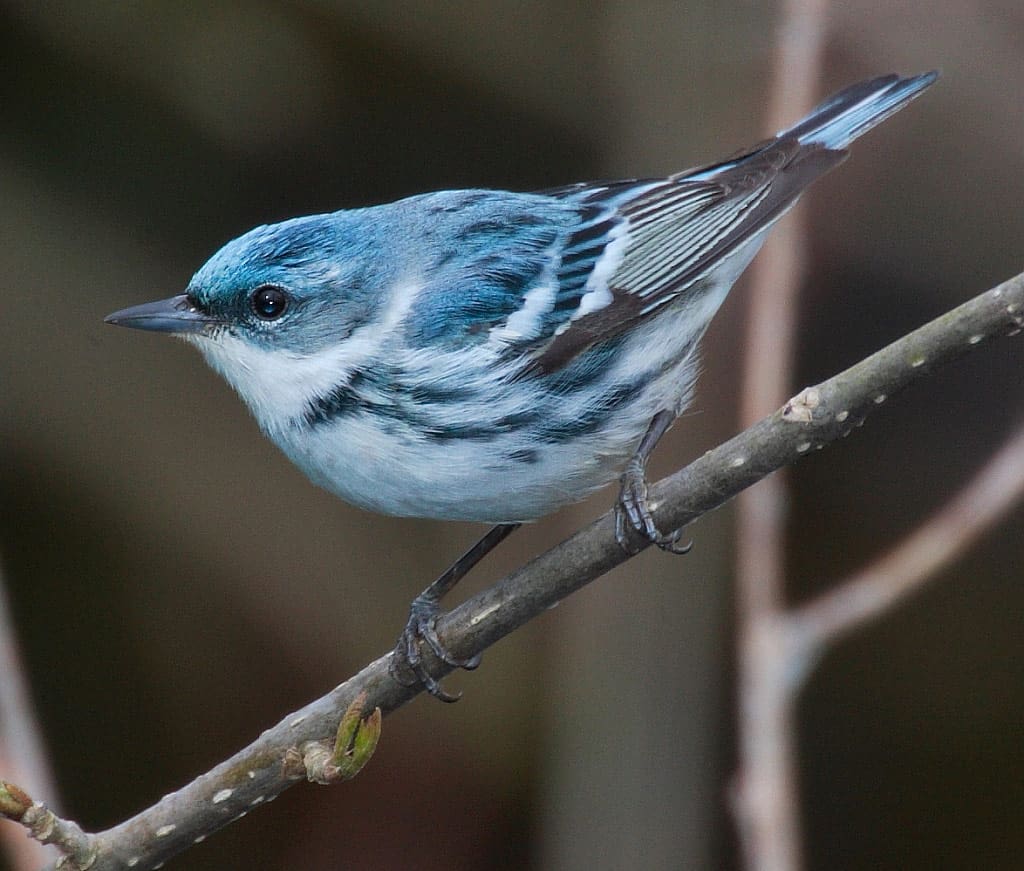Look for
American bitterns are a plump, medium-seized wading bird with a stout neck and a bill that has a heavy base. Adults are brown above, with white underparts boldly streaked with dark brown, chestnut, and black. Their tails are short and rounded. The trailing areas of its broad wings are brownish black, contrasting with lighter brown coverts.
A black stripe from the gape down each side of the neck distinguishes this species. Eyes are yellow most of the year, but orange during courtship. When alarmed, American bitterns freeze in an upright position, allowing them to blend in with the vegetation around them. Unlike some members of the heron family, they are loners. Because they are so well camouflaged and move so slowly, they can be challenging to spot.
Listen for
The American bittern’s call that is low pitched and resonant. American bitterns call in triple syllabic phrases: pump-er-lunk or dunk-a-doo. They may also gulp and click, and emit kok kok kok when flushed.
Find it
American bitterns can be found in the freshwater wetlands of Central America north to the southern tier of U.S. states in winter. They breed from southern California to the Great Lakes and into New England, north to northern Canada. They are common migrants, usually spotted in tall vegetation.
Diet
Insects make up a substantial portion of the American bittern’s diet. They feast on dragonflies and water bugs, crayfish, fish, amphibians, and snakes.
Nesting Behavior
American bitterns use vegetation at the nest site as construction material. They gather dead reeds, cattail stalks, and sedges to build a platform, then line it with soft grasses. Clutch size is two to seven, and the eggs are elliptical, tan or brown, glossy, and smooth.
Incubation is by the female only, who starts before all eggs are laid, so hatching is asynchronous. Incubation takes 24 to 28 days. The young leave the nest a week or two after hatching, but linger near the nest for two to four weeks.
WOW!
The American bittern’s call is distinctive, and similar to the sound of an old wooden water pump. Colloquial names for the species include “thunder-pumper” and “mire-drum” because of its deep and booming call. There is also a sense of eerieness to it, that, along with its secretive nature, intensifies the bird’s air of mystery.




